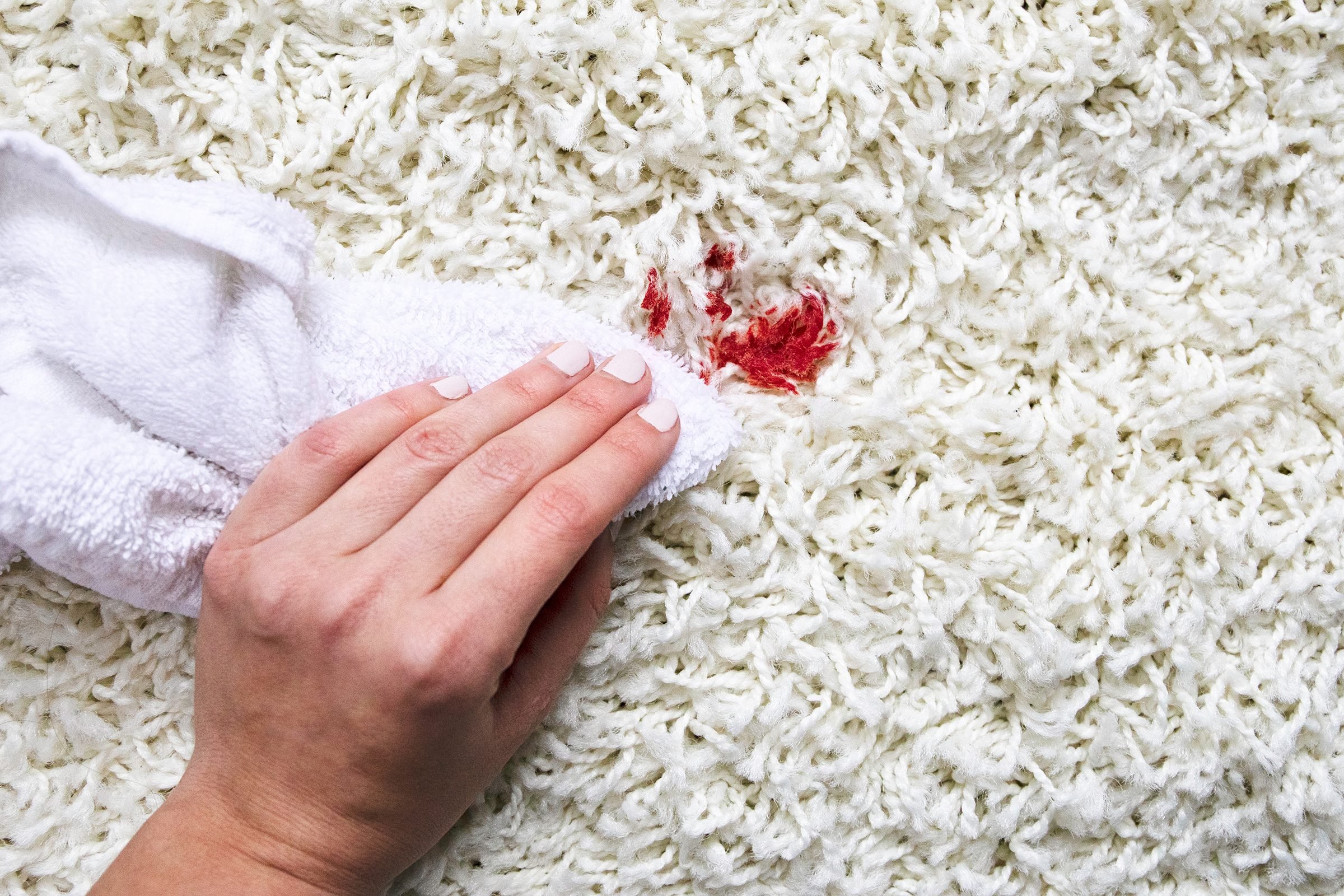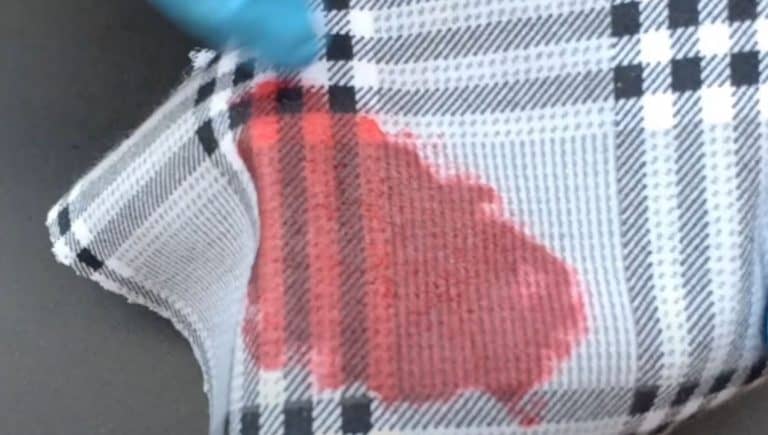How To Clean Dry Blood From Skin
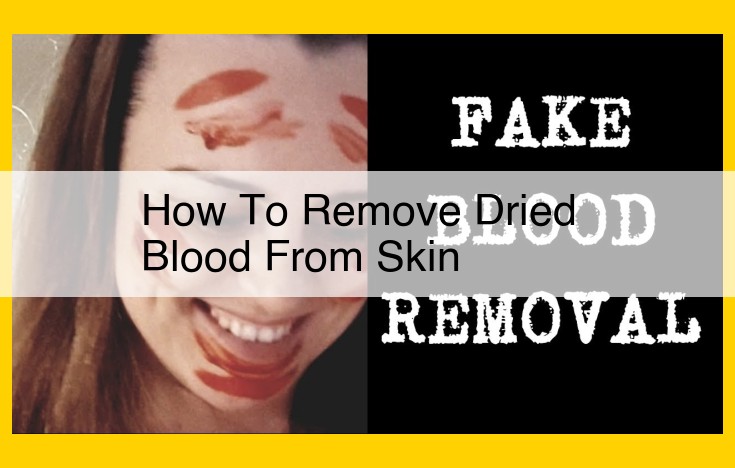
Dried blood on the skin, whether from a minor scrape or a more significant injury, can be both unsightly and a potential source of concern. Removing it effectively and safely is important for hygiene and to prevent possible skin irritation or infection.
This article provides a comprehensive guide on how to clean dry blood from the skin using readily available materials and proven techniques. We will explore the different methods, necessary precautions, and when it's necessary to seek professional medical advice.
Understanding the Nature of Dried Blood
Dried blood becomes more difficult to remove than fresh blood due to the coagulation process. The blood proteins solidify, adhering tightly to the skin surface.
Attempting to scrub it off forcefully can damage the skin, leading to irritation, redness, or even broken skin, which could increase the risk of infection.
Essential Supplies
Before starting, gather the necessary supplies: Cool water, a soft cloth or gauze, mild soap (preferably fragrance-free), a gentle exfoliant (optional), and a moisturizing lotion or cream.
Avoid using harsh chemicals, abrasive scrubs, or hot water, as these can further irritate the skin.
Step-by-Step Cleaning Process
Step 1: Softening the Dried Blood
Begin by soaking the affected area with cool water. This helps to rehydrate the dried blood, making it easier to loosen from the skin.
You can achieve this by holding a damp cloth against the area for several minutes or by gently rinsing the area under a cool water stream.
Step 2: Gentle Cleansing
Apply a small amount of mild soap to the dampened cloth and gently wash the affected area. Avoid scrubbing vigorously.
Use circular motions to lift the dried blood without causing excessive friction. Rinse thoroughly with cool water to remove all traces of soap.
Step 3: Exfoliation (Optional)
If the dried blood is particularly stubborn, a gentle exfoliant can be used to help remove the remaining residue. However, this step should be approached with caution, especially for sensitive skin.
Use a mild scrub designed for sensitive skin and apply it gently in circular motions. Rinse thoroughly with cool water.
Step 4: Moisturizing
After cleansing, pat the skin dry with a clean towel. Apply a generous amount of moisturizing lotion or cream to the affected area.
This helps to rehydrate the skin and prevent dryness or irritation. Choose a moisturizer that is fragrance-free and hypoallergenic to minimize the risk of allergic reactions.
Alternative Methods and Remedies
Besides the standard cleaning process, several alternative methods can be used to remove dried blood from the skin.
These include using a paste made of baking soda and water, applying a solution of hydrogen peroxide (3% concentration), or using a natural oil such as coconut oil or olive oil to help loosen the dried blood.
Always test these methods on a small area of skin first to ensure there is no adverse reaction.
When to Seek Medical Attention
While most cases of dried blood on the skin can be easily managed at home, there are certain situations where medical attention is necessary.
If the underlying wound is deep, showing signs of infection (redness, swelling, pus), or if you are unable to control the bleeding, seek immediate medical care.
Also, if the dried blood is from an unknown source or if you suspect exposure to bloodborne pathogens, consult a healthcare professional.
Preventing Future Occurrences
Preventing future occurrences of dried blood on the skin involves taking precautions to avoid cuts, scrapes, and injuries. When participating in activities that could cause injury, wear appropriate protective gear, such as gloves, pads, or helmets.
Keep your skin moisturized to prevent dryness and cracking, which can increase the risk of minor cuts and abrasions. Be mindful of your surroundings to avoid accidents that could lead to bleeding.
Conclusion
Removing dried blood from the skin is generally a straightforward process that can be accomplished using gentle cleansing techniques and readily available supplies.
By following the steps outlined in this article, you can effectively clean the affected area without causing further irritation or damage.
Remember to prioritize gentle methods, moisturize the skin, and seek medical attention when necessary to ensure proper wound care and prevent potential complications.
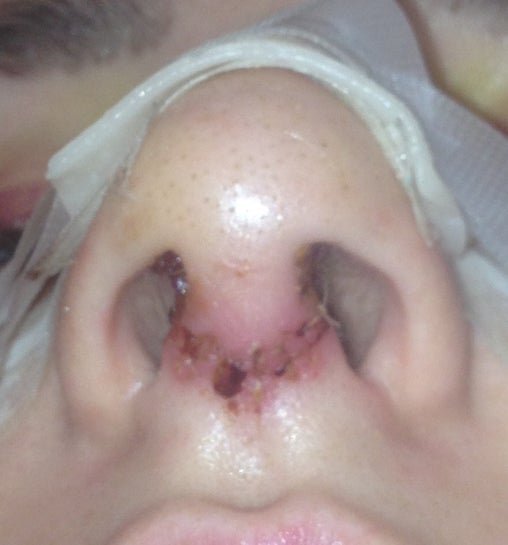

:max_bytes(150000):strip_icc()/GettyImages-1152601396-c4c1205379fe4d6b9d03ad4f7a74e712.jpg)

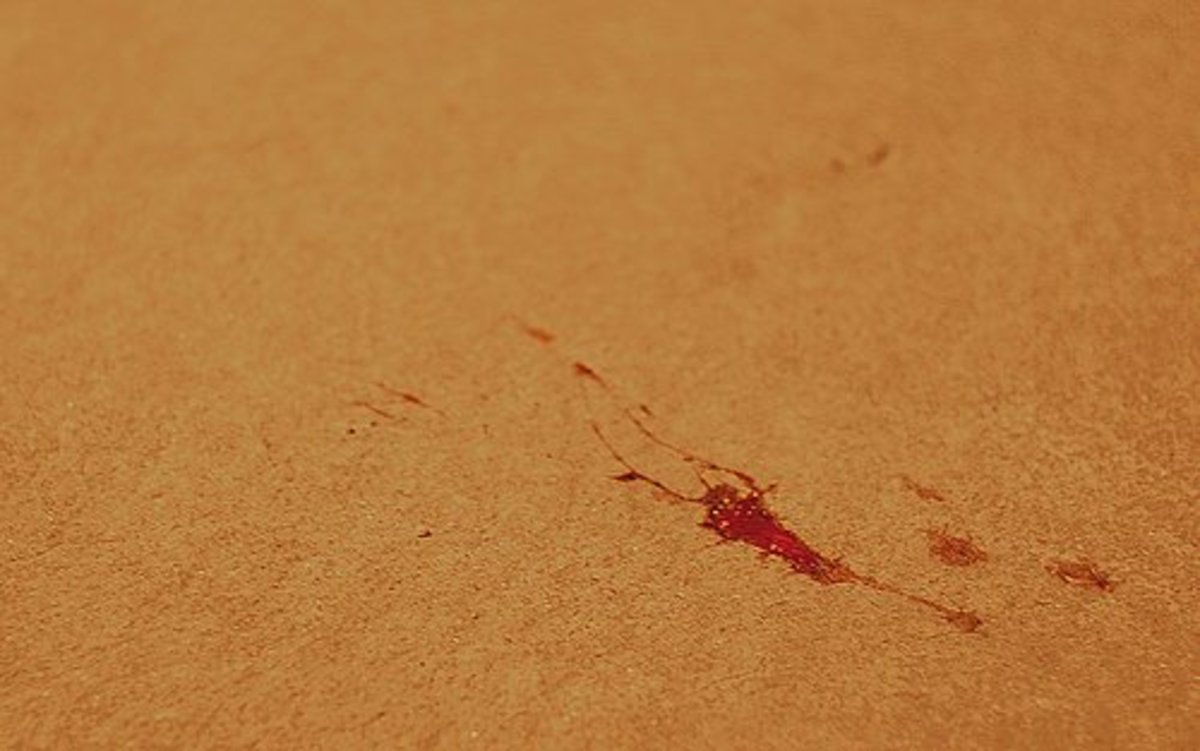

/remove-blood-stains-clothes-carpet-upholstery-2147085_final-1099483e33b6465ea3cdd3ec1788a2c9.png)






